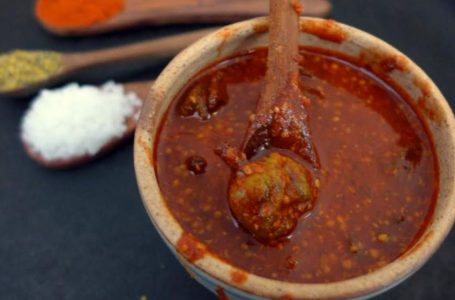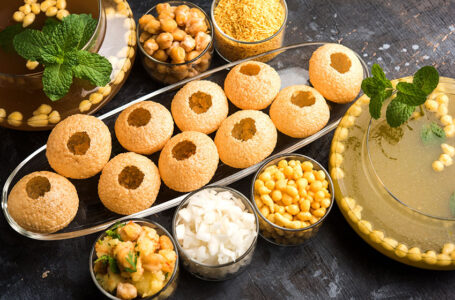Lesser-known Indian food you might want to check out
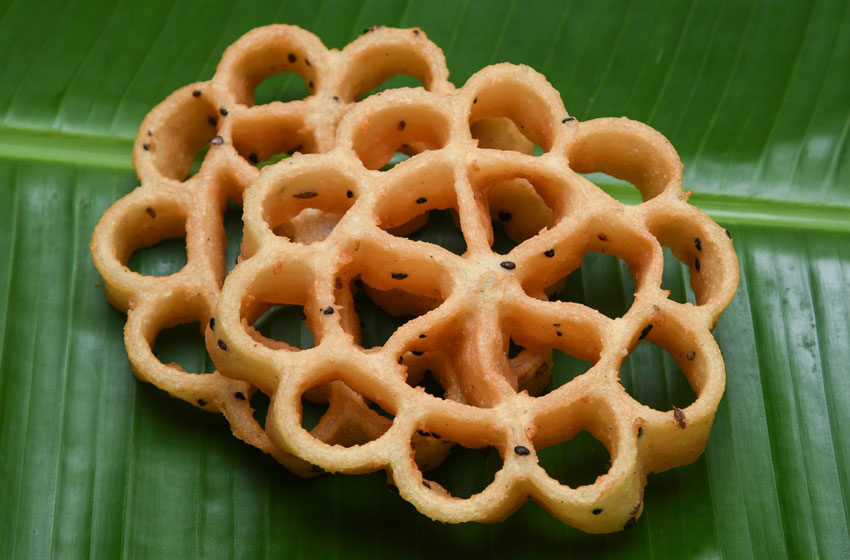
The culture and tradition of a country reflect in the people’s attire, customs and food; food is one of the universal mediums through which people connect across different countries despite the boundaries. Hence, it would not be wrong to say that food has a way of bringing people together because when we sit together to have a meal, we forget all differences and enjoy the food.
Indian food is mainly renowned worldwide for its taste and flavours, unlike any other cuisine; therefore, you may see Indian restaurants in different corners of your city. Also, there are a few staple dishes that everyone is familiar with and loves to relish; they are popular and delicious.
Furthermore, every Indian state has unique cuisines wherein people use specified ingredients and prepare them in various ways. So, some food might be tricky that you may not have tried before; for example, it could be the food from the South Indian states or the Seven Sister States such as Arunachal Pradesh, Tripura, Meghalaya, Assam, Manipur, and Mizoram.
Let us take a look at some of the foods and their recipes that you could try at home:
Shukto
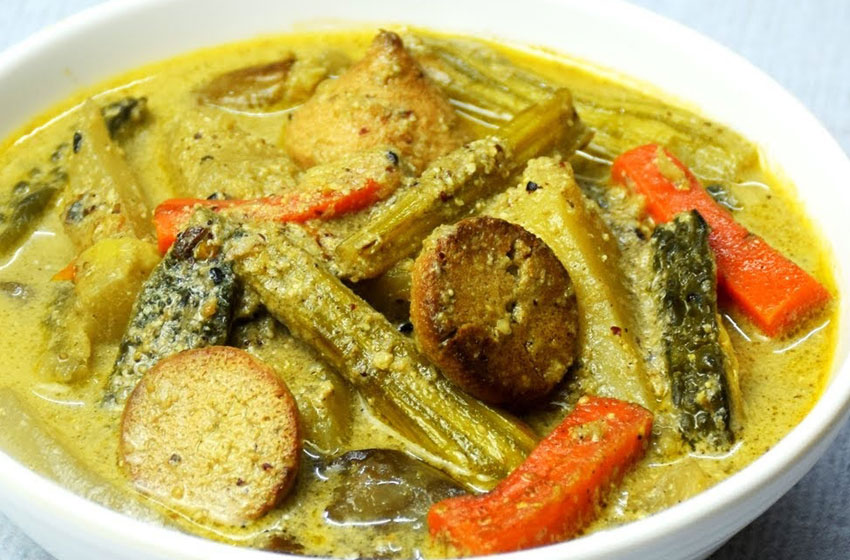
Shukto is a mixed vegetable stew from West Bengal cooked with a variety of vegetables. The dish is especially served at traditional Bengali weddings and other feasts, but people also cook it during festivals. The recipe is simple and takes twenty to thirty minutes for the curry or stew to cook; at first, cut potatoes or sweet potatoes lengthwise into wedges, cut raw bananas and papaya after peeling them into six cm length.
- Next, trim the end of hyacinth beans, remove the fibrous strands, cut them into halves, and then chop bitter gourd into four cm long slices. Also, strip off the drumstick’s(moringa) outer fibres and cut them into five cm long strands.
- You need to follow two techniques: parboil the drumsticks, hyacinth beans, raw papaya, sweet potatoes, and potatoes. Then, fry the sliced eggplants, raw bananas and bitter gourd. So, put the first group of vegetables in a boiling pot with 5 g salt and 600 g water. Put the lid on and parboil on low heat for 15 minutes. Stir midway to steam evenly. When done, strain immediately to prevent the vegetables from cooking further. While straining, reserve the water for later use.
- Heat vegetable or mustard oil in a pan and fry mini lentil dumplings (dal ke bari) until they are golden; set them aside and fry the sliced eggplants, raw bananas and bitter gourd until they turn golden. Set the fried vegetables aside, then temper the oil with bay leaves and panch phoron (a spice mix of Cumin, Brown Mustard, Fenugreek, Nigella and Fennel). Once the oil turns aromatic, add ginger paste and fry it on low heat for a minute.
- In the next step, add mustard paste and continue stirring the mixture; if it becomes dry, add some drops of water. Stir well until the oil separates. Next, add boiled potatoes, and cook on low heat for 3 minutes. Add the rest of the boiled vegetables, fried raw bananas, and the fried mini lentil dumplings; add two to three tablespoons of salt and one tablespoon of sugar and mix everything well. Next, sprinkle grated coconut from the top, add the water reserved from the boiled vegetables, and then add the fried bitter gourd and eggplants; mix all the vegetables gently so they don’t break.
- Make a mixture of milk and flour, and pour it into the pan; let the curry simmer for about three to five minutes on low heat. Finally, crush radhuni (ajmod) to a powder using mortar and pestle and sprinkle it over the shukto; finish off by adding two tablespoons of ghee over the stew, cover it with a pan for a minute and serve hot with plain rice.
Sidu

If you are tired of having the same old white or brown bread, you might want to check out the recipe of a traditional bread made in Kullu valley in Himachal Pradesh. First, take warm water in a bowl, add yeast and sugar and let it rest for fifteen minutes until you see foam forming on the bowl’s top.
- Next, take wheat flour and ¼ teaspoon of salt into another bowl and add the yeast-water mixture to the centre of the flour bowl. Knead the flour to make a soft and smooth dough; add a few drops of water during kneading. Also, cover the dough with a pan or polythene and keep it aside for three hours, after which it will double in size.
- Take boiled green peas, roasted peanuts, walnuts, garlic flakes, green chilli, salt and ginger in a grinder and grind the ingredients coarsely. Ensure not to add water, as the mixture should be dry for filling; add grated paneer to the ground mixture and mix it well.
- Set it aside when the mixture is ready and prepare the dough, which must have gotten double the size. So, knead the dough for a minute and divide it into four equal parts. Then, ake one portion of the dough and roll it like a thick chapatti using a rolling pin. Then spread two tablespoons of the stuffing mixture over the centre of the dough circle, leaving about 1/2 cm at the edge.
- Fold the dough in half, fold the edge back over on itself, and then pinch the edges to seal firmly. I used a fork to seal the dough at the edges. Now sidu is ready for the steam cook. Steam cook the sidu for 15 minutes. Cut it horizontally and serve it hot with green chutney when it is done.
Achappam
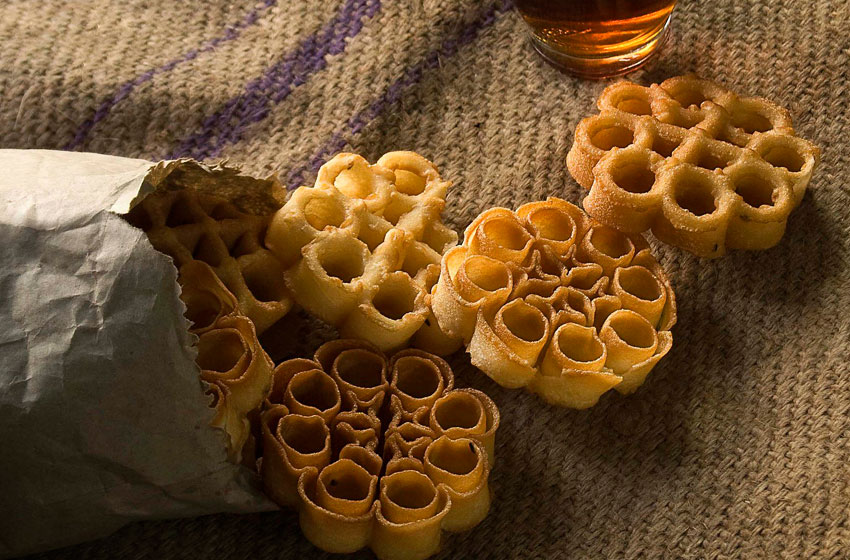
We all love snacking on sweet treats or snacks from time to time, and Achappam is one of the greatest examples of what coconut milk, eggs, sugar and rice flour can do. Moreover, these are fried cookies eaten, especially during Christmas in Kerala.
- First, take a big bowl, add coconut milk, and add flour slowly while stirring the mixture with a spatula. Next, break two to three eggs in another bowl, whisk them until they become fluffy, and then add them to the flour batter.
- Next, add powdered sugar gradually while using an electric blender to whisk the batter; ensure no lumps and make a smooth batter. You can add coconut milk if the batter becomes too thick; add fennel seeds and one teaspoon of salt and stir the batter.
- The consistency of the batter should neither be too thick nor too thin. Now take a wide-bottomed broad frying pan and heat the oil; when the oil is hot enough, immerse the rose cookie iron/steel mould into the oil and hold for a minute. Now take out the hot mould and immediately dip it in the flour batter. Make sure the mould is only 3/4 dipped in the batter to ease the cookies to be transferred to oil when they are fried.
- Now again, dip the batter coated on the mould in hot oil and hold on for a minute or two until the batter gets golden and crispy. As soon as the batter is cooked, it will detach from the mould. Remove the mould and carefully take out the achappam from the oil using a perforated ladle. Transfer the achappam to a kitchen towel to absorb excess oil. Repeat the same process with the rest of the batter.
Guak Le Nkhui Gan (Pork Cooked With Fermented Soya Bean)
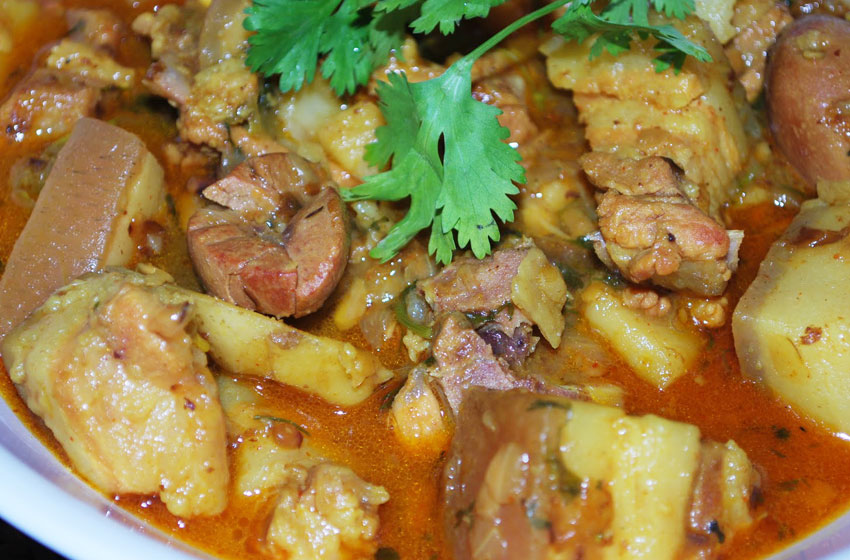
Guak Le Nkhui Gan is a popular dish eaten during Christmas time in Nagaland; it is pork curry that Naga people enjoy eating during festive occasions.
- First, heat some water and soak soya beans in it for a minute or two; divide the pork meat into two batches, add one tablespoon of oil to a pan and fry the first batch of pork. Repeat the second batch with 2 Tbsp of oil and keep it aside.
- Next, in the same pan, add two more tablespoons of oil, add garlic and fry it till it is fragrant; then, add the ginger, saute for a minute and then add the diced onions and the slit green chillies and saute till the onion is evenly browned.
- Add the browned meat and salt as per taste, cover with a lid and let it simmer for some time on medium flame. Once you see steam coming out, add one tablespoon of turmeric powder and red chilli powder each and stir the whole mixture. Next, add the soaked soybean and give it a good mix; add water, cover it with a lid and cook the curry for an hour until the meat becomes soft. Finally, add garam masala powder and take it off the flame; you can serve the curry with rice or paratha.




